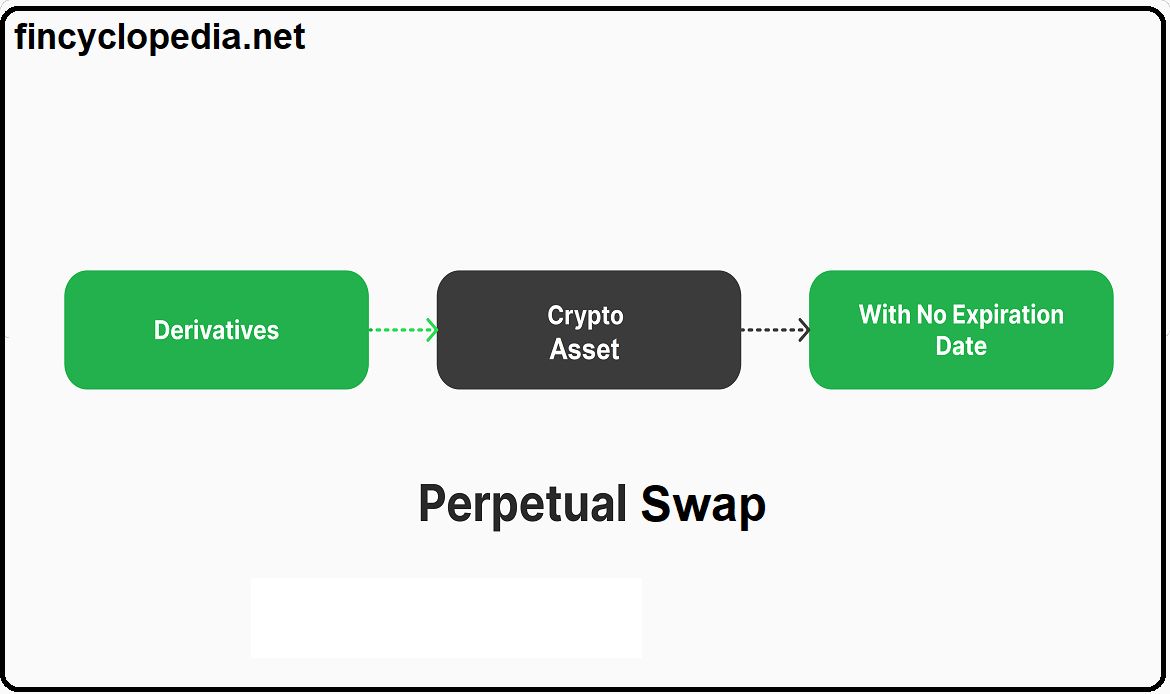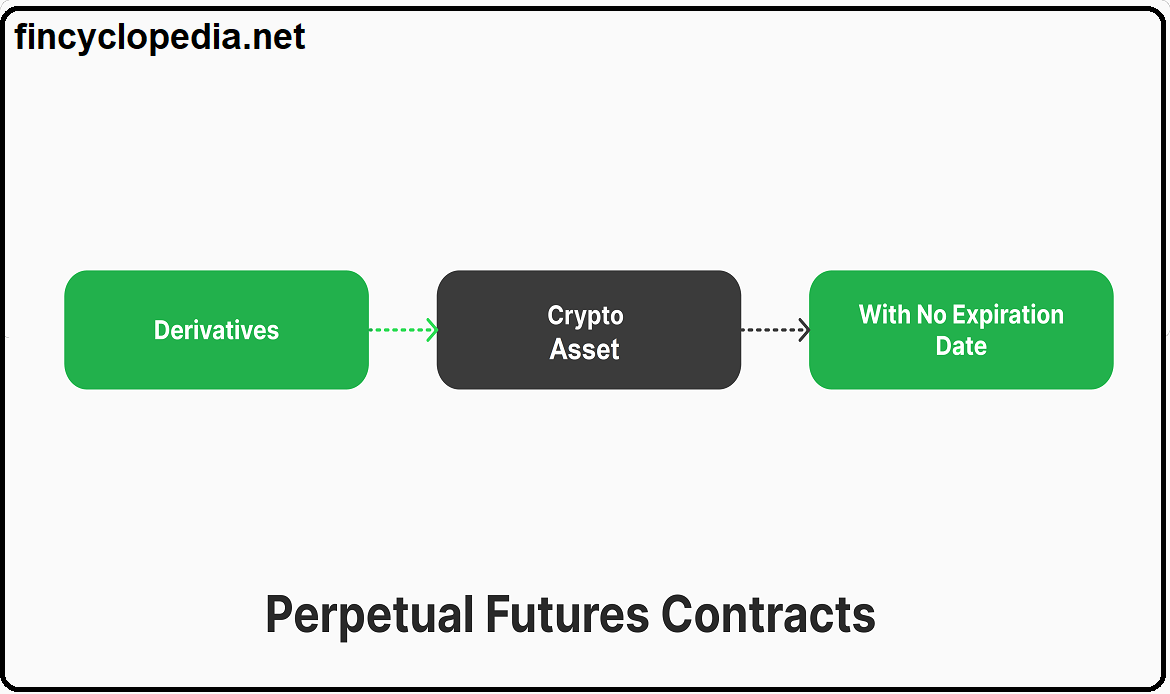A total return swap in which dividends are not passed through to the buyer. More specifically, one party-the equity swap receiver- has a long position in only the price of a stock (or a basket of stocks or an equity index), whereas the other party- the equity swap payer- has an opposite position in the same underlying equity. Therefore, a price return equity swap involves two strings of cash flows: an equity amount and a floating amount. The former represents the price performance (not the dividends) of the underlying equity relative to its initial price (known as the reference price). The equity swap receiver will be entitled to the appreciation of the stock price during the life of the swap (payment of the increase amount will be made by the equity swap payer). In the opposite case, i.e., when the stock price depreciates, the equity swap receiver will pay the equity swap payer the absolute value of price decrease. The latter amount is the cost of carrying the underlying equity, which is paid by the equity swap receiver to the equity swap payer.
In view of these characteristics of a price return equity swap, the only difference with a total return swap is that the former involves only the price of underlying equity, whilst the latter involves both the price performance and dividends of underlying equity (hence, it is termed “total return swap”). In other words, the price return equity swap is a partial return swap.





